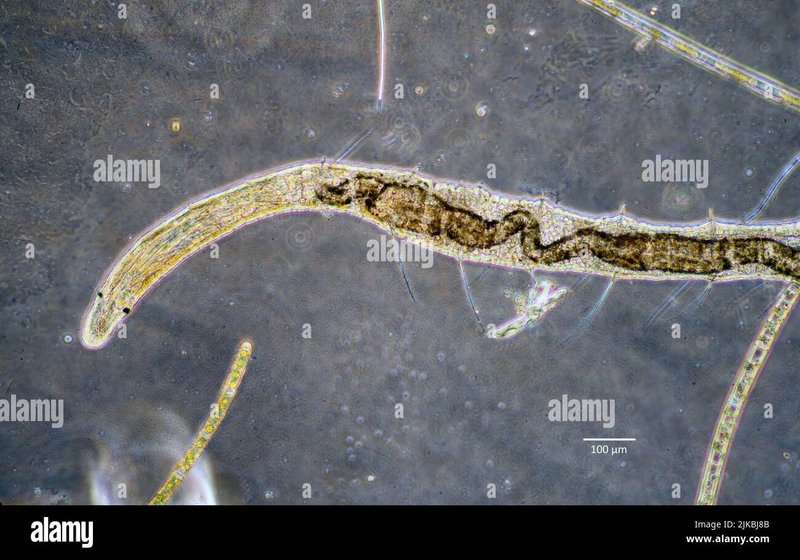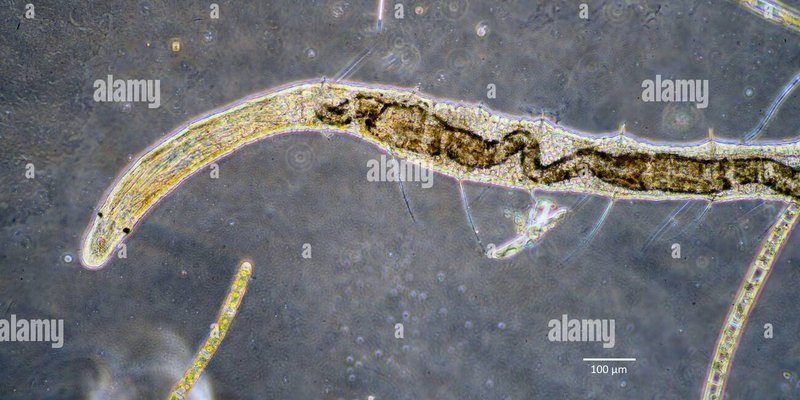
So, what exactly do bristle worms do? Imagine them as nature’s clean-up crew. They break down organic matter, recycle nutrients, and contribute to the overall health of ocean habitats. If you’re picturing a bustling city full of workers, you’re on the right track. Just as different workers have their own roles in a city, bristle worms contribute to the ocean’s nutrient cycles in unique ways. Let’s dig deeper into the world of bristle worms and see how they support life underwater.
What Are Bristle Worms?
Bristle worms, belonging to the class Polychaeta, are a diverse group of annelid worms that thrive in marine environments. There are thousands of species of bristle worms, all varying in size, color, and habitat. Most bristle worms live in sandy or muddy seafloors, while some prefer rock crevices or coral reefs. The **bristles** that give them their name are actually tiny, stiff hair-like structures called **setae**. These bristles help them move and navigate through their environment, almost like a handrail guiding you on a winding staircase.
Let me explain a little more about their anatomy. Bristle worms have segmented bodies, which means their bodies are divided into different sections. Each segment can have its own set of bristles and even special appendages called **parapodia** that help in movement. Picture them like tiny legs that allow the worms to swim or crawl through the water and sediment. This mobility is essential to their role in nutrient cycling, as they can easily access decaying organic matter.
You might be wondering why we should care about these little creatures. The truth is, bristle worms are not just scavengers; they play a critical part in the marine ecosystem, which ultimately impacts everything from fish populations to water quality. Let’s explore their role in nutrient cycling further.
The Role of Bristle Worms in Nutrient Cycling
Bristle worms are like the unsung heroes of the ocean when it comes to **nutrient cycling**. Their primary job is to consume organic matter, breaking it down into smaller particles. This process releases essential nutrients back into the water column, creating a cycle that supports all sorts of marine life.
So, how does this happen? When animals and plants die or when organic materials like leaves and algae sink to the seafloor, bristle worms swoop in. They munch on this decaying matter, digesting it, and then excreting it as nutrient-rich waste. This waste enriches the sediment and becomes food for various marine organisms, like bacteria and plants.
What’s more, bristle worms also help aerate the seafloor. By burrowing through the sediment, they create spaces that allow water to flow more freely, which is crucial for the survival of other marine life. Think of it like a gardener carefully turning soil to ensure plants grow strong. This aeration helps promote a healthy ecosystem, allowing nutrients to circulate and reach other organisms.
How Bristle Worms Affect Other Marine Life
When we talk about bristle worms supporting biodiversity, it’s not just about their waste. Their very presence creates a ripple effect throughout the marine ecosystem. Many species rely on bristle worms as a food source, from fish to crustaceans. These worms are an integral part of the food web, ensuring that energy and nutrients flow smoothly from the bottom of the ocean up to larger predators.
You might think about it like a chain reaction. When bristle worms thrive, they help support a diverse range of marine life. If their populations decline, it can upset the balance of the ecosystem. Fish and other predators may struggle to find enough food and, over time, this can lead to a decrease in population sizes.
The connection doesn’t end there. Healthy populations of bristle worms also indicate a balanced ecosystem. Scientists often use the presence and abundance of these worms as indicators of environmental health. If bristle worms are flourishing, it likely means the habitat is suitable for other forms of life as well.
Environmental Impacts on Bristle Worm Populations
Unfortunately, bristle worms face a variety of threats in today’s changing oceans. Pollution, habitat destruction, and climate change can all impact their populations. For instance, nutrient runoff from agricultural areas can lead to algal blooms, which can suffocate bristle worms by blocking sunlight and depleting oxygen in the water.
Additionally, ocean acidification, a direct result of increased CO2 levels, can affect the bristle worms’ ability to maintain healthy growth. Think about it like trying to build a sandcastle during a storm. The conditions simply aren’t right for success. If bristle worm populations decline, the entire nutrient cycling process is at risk.
It’s essential for us to understand these dynamics, as the health of marine ecosystems depends on the balance of various species, including bristle worms. By safeguarding their habitats and combating pollution, we can help ensure that these vital creatures continue to do their important work.
Coexisting with Bristle Worms
If you’re a marine enthusiast or just curious about nature, you might be wondering how to appreciate bristle worms without fear. While they may seem intimidating due to their bristles, most species are harmless to humans. They don’t bite or cause harm; they’re just doing their job!
In fact, if you’re into aquaculture or keeping a marine tank, bristle worms can be beneficial. They naturally help break down waste and maintain the health of your aquarium’s ecosystem. Just be aware that some species can multiply quickly, so keeping their population in check is important.
In nature, it’s crucial to respect the role of each organism and understand how interconnected everything is. Bristle worms are just one piece of a much larger puzzle. By fostering a healthy marine environment, we can appreciate the delicate balance of life under the waves.
Bristle worms may be small and often overlooked, but their role in nutrient cycling is significant. They contribute to the health of marine ecosystems through their consumption of organic matter and their interactions with other species. By understanding how these fascinating creatures impact our oceans, we can appreciate the intricate web of life that sustains our planet.
So, the next time you find yourself by the ocean, take a moment to think about what happens beneath the surface. The world of bristle worms is just one of the many wonders that keep our oceans balanced and thriving. Let’s work together to protect these amazing creatures and the habitats they live in, ensuring a healthier future for all marine life.

